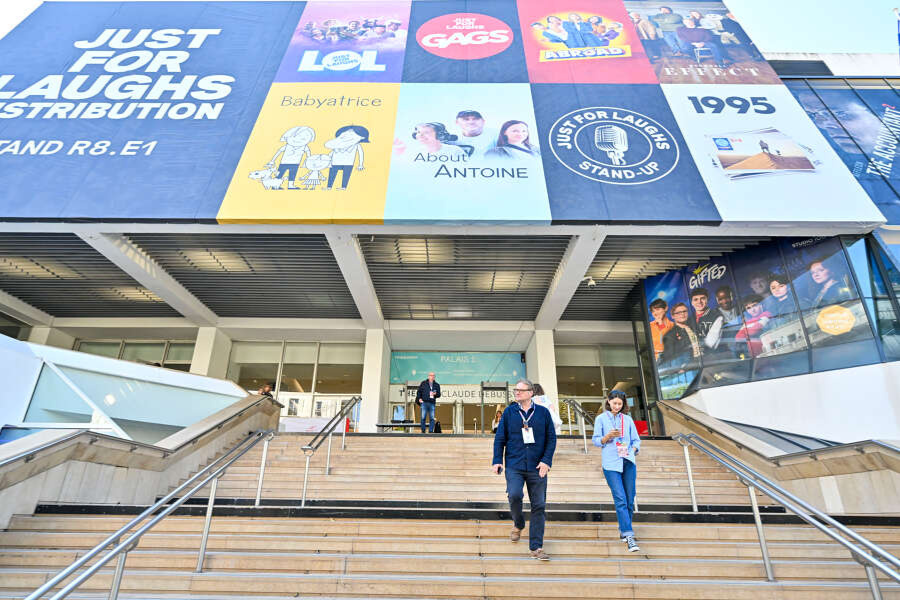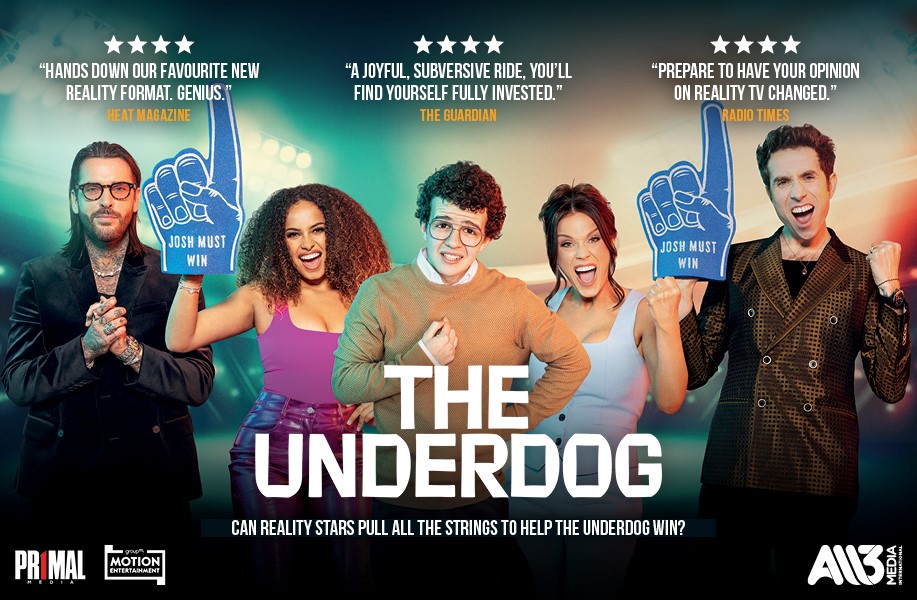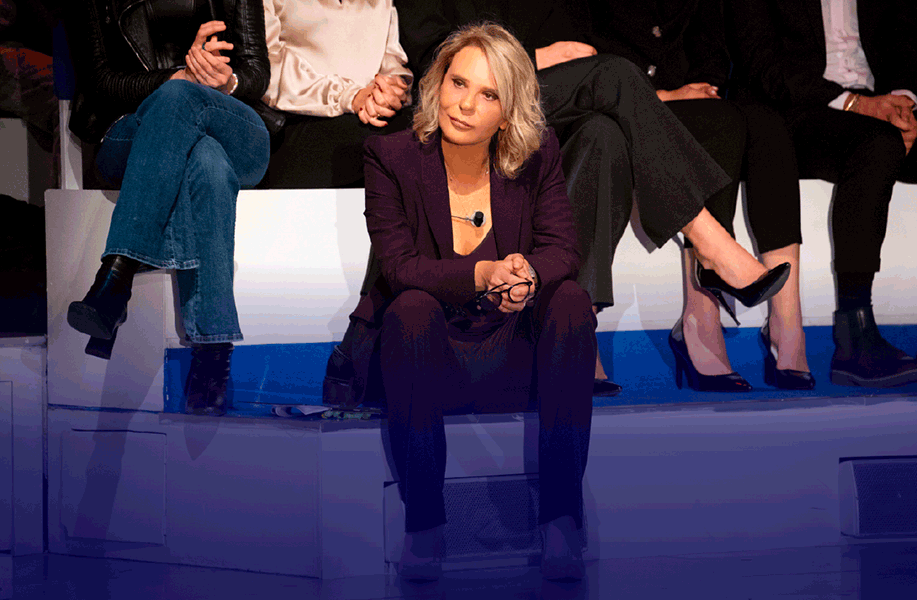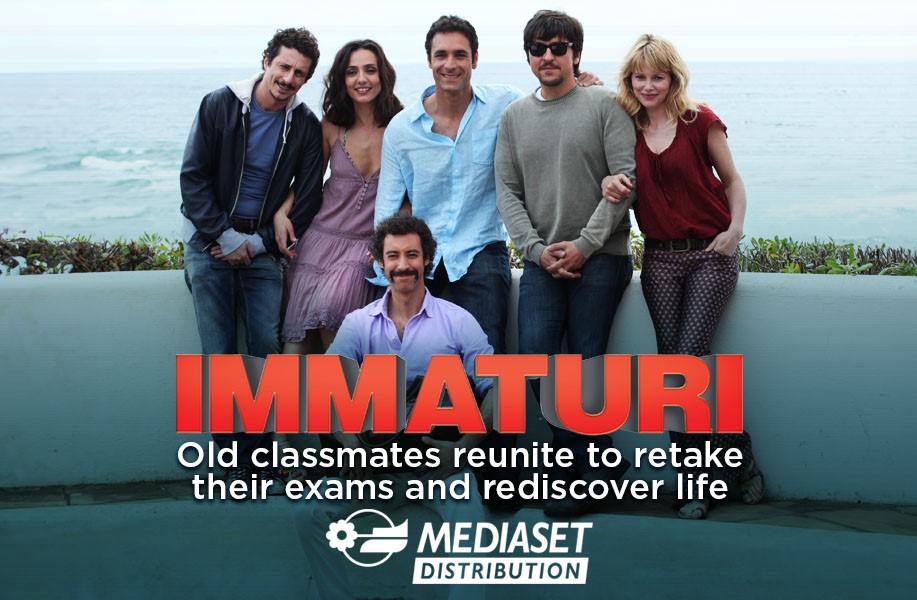This year’s MIPJUNIOR buzzed with excitement around digital platforms, the creator economy, and the boundless creativity of young audiences. Discussions focused on how Gen Alpha and Gen Z are reshaping the kids’ entertainment landscape — from Roblox and YouTube to AI-driven storytelling and immersive multiplatform IPs.
Over two packed days, executives, creators, and producers debated the future of kids’ content, while fresh ideas were tested on stage during the MIPJUNIOR Pitch 2025, celebrating innovation, co-production, and imagination.
Toys”R”Us Reinvents Itself Through Storytelling and AI
A highlight came from Kim Miller Olko, Global CMO of Toys”R”Us, who unveiled the brand’s bold re-entry into entertainment. Declaring “Content co-prods are us”, she introduced plans to develop new series and films centered on the brand’s beloved mascot Geoffrey the Giraffe — already starring alongside MrBeast and the Blue Man Group.
Two YouTube originals — Geoffrey Vision and Geoffrey’s World Tour — are expanding globally, while a feature film is in development. The company is also experimenting with GenAI video tools such as OpenAI’s Sora, integrating AI as “a creative companion, not a replacement.”
Celebrating a decade of Miraculous: Tales of Ladybug & Cat Noir, Andy Yeatman (Miraculous Corp) and Alexis Rice (YouTube) discussed how strategic windowing and digital engagement turned the brand into a global hit across TF1, Disney, Netflix, YouTube, and Roblox.
New projects include a Miraculous Chibi spin-off, a crafting series, and Malicious Secrets, described as “Ladybug’s answer to Bridgerton.” Rice highlighted YouTube’s growing push into long-form, family-friendly programming.
The Creator Economy Takes the Stage
YouTube sensations Stephanie and Kevin McCarty, known for their spooky-fun channel, announced their animated spin-off Camp McCarty with Wind Sun Sky Entertainment. CEO Catherine Winder described the project as “Addams Family meets Beetlejuice.”
Panels explored how creators now rival traditional studios, leveraging data, real-time audience feedback, and brand extensions beyond animation — even into live events.
In “Knowing the Digital Youth”, experts argued that the next global kids’ franchise may emerge not from television, but from Roblox.
“It’s where kids spend their time — just as YouTube was a decade ago,” said Gregory Dray (Animaj). Meanwhile, Chris M. Williams (pocket.watch) praised YouTube’s competitive ecosystem as the ultimate incubator for IP.
Behavioral scientist Lea Karam (Mindscope) emphasized that today’s children are active remixers of content, transforming and redistributing stories across their own digital communities.
Amanda Gummer (Fundamentally Children) urged the industry to reconnect storytelling with imaginative play. She noted that 65% of 8-to-11-year-olds already use social media and average screen time exceeds five hours daily. Her message: quality content can encourage creativity, physical play, and emotional growth — citing Bluey as a model for “TV that gets kids off the sofa and into the real world.”
The MIPJUNIOR Pitch Kids/Tweens competition crowned The Retrievers (Sixteen South, Northern Ireland) as this year’s winner.
Described as “Scooby-Doo meets Ocean’s 11”, the CGI adventure follows an 11-year-old girl and her animal crime-fighting team. Other standout projects included:
Fox Fairy (China) – a painterly fantasy on mythic fox demons
Izzi’s Super Fan Club (Brazil) – a superhero comedy
Ubuntu – Les Ambassadeurs de la Paix (Côte d’Ivoire) – promoting peace and diversity
Yugi Bao (Spain) – a cross-media universe born from NFT culture
A Forward-Looking Takeaway










